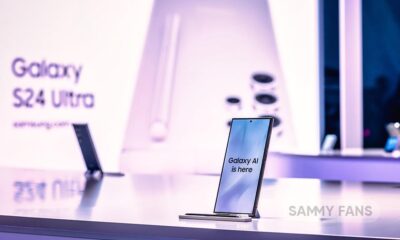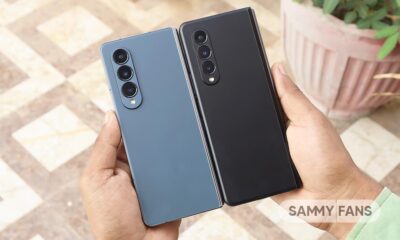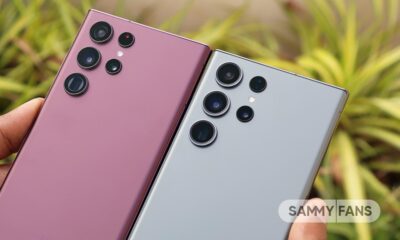Android
Nothing is ‘nothing’ in front of Samsung’s software support!
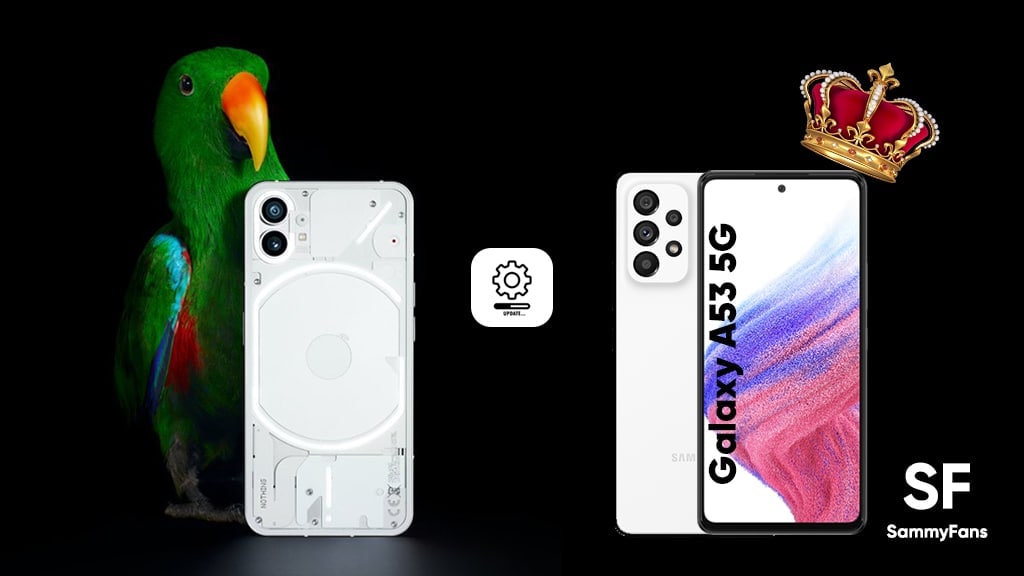
Finally, the flashy Nothing Phone 1 launched around two weeks back with a whole new yet unique rear design. While the Glyph functionality makes it an impressive smartphone, when it comes to design, the OEM is delivering better software support too!
The $475 Nothing Phone 1 is officially confirmed (via RPRNA) to receive three major OS upgrades and four years of regular security patches bi-annually, the same support OnePlus is offering to its flagships. Meanwhile, does it compete with Samsung’s software support?
Nothing is ‘nothing’ in front of Samsung
Yes, if we talk about the software updates support, Nothing is “nothing” in front of Samsung. While the first mid-range smartphone offers three generations of OS upgrades, Samsung offers the same treatment to the Galaxy A33, which costs less than $300.
On the other hand, the $449 Galaxy A53 5G comes with up to four Android OS upgrades alongside five years of regular security patches. In addition, the security patch rollout plan consists of two years of monthly, 3rd and 4th years of quarterly and 5th year of bi-annual updates.

Samsung One UI
Samsung is currently working on the Android 13-based One UI 5 software for the Galaxy devices. It will first be available for the Galaxy S22 series, while the company will expand its availability to other Galaxy devices later on. It’s expected that the One UI 5 official version will go official in October this year.
Aside from this, Nothing is a new vendor in the smartphone market with unquestionably lesser developers and staff compared to other brands such as Samsung and Chinese rivals like OPPO, OnePlus, and realme. It will be interesting to see how impressive software support Nothing will provide to smartphone consumers.
Nothing OS atop Android (12)
The initial variant of Nothing’s custom skin called Nothing OS is based on Android 12 OS. While the One UI software system is impressively developed to meet the expectations of the consumers, Nothing OS has just minor tweaks over the Stock Android we can see in Pixel phones.
The Nothing Phone 1 comes with a custom Snapdragon 778G+ chipset that Qualcomm made for the smartphone manufacturer. Also, the Phone 1 has a 6.55-inch 1080p OLED display with a peak brightness of 1,200 nits and a maximum refresh rate is 120Hz.
Android
Android gets Instant Hotspot feature that your Samsung Galaxy will miss out

Google has recently released Android Feature Drop with a new feature called Instant Hotspot, which simplifies the way devices connect to the internet. However, the search giant officially announced that the Instant Hotspot feature will not be available on Samsung devices.
The Instant Hotspot feature allows Android tablets and Chromebooks to connect to a phone’s hotspot with just a tap, simplifying the process of sharing a mobile data connection. Previously, users had to manually activate the hotspot, search for it on their device, and enter a password to connect.
According to the information via Android Authority, this feature is part of a new Cross-Device Services module in Play Services, bringing a seamless experience similar to Apple’s Continuity.
Instant Hotspot feature works on phones running Android 11 or newer, but, notably, Samsung devices are excluded. While the exact reason for this exclusion is not disclosed, Samsung may have chosen not to participate to promote its own connectivity features.
Still, Samsung Galaxy device owners can quickly connect their devices to the internet through existing features like Auto Hotspot for Samsung tablets and Instant Tethering for Chromebooks.
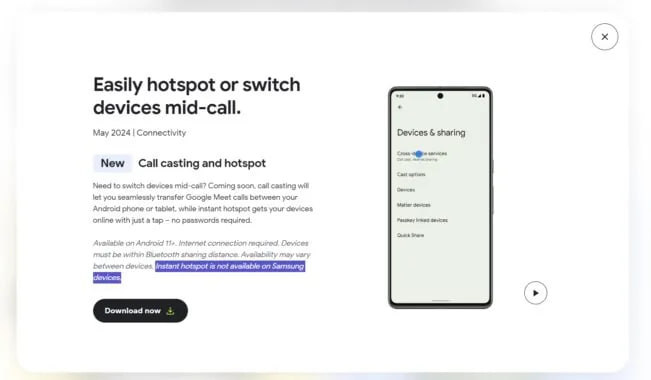
Android
Android’s Find My Device app to get Biometric login, Remote lock features
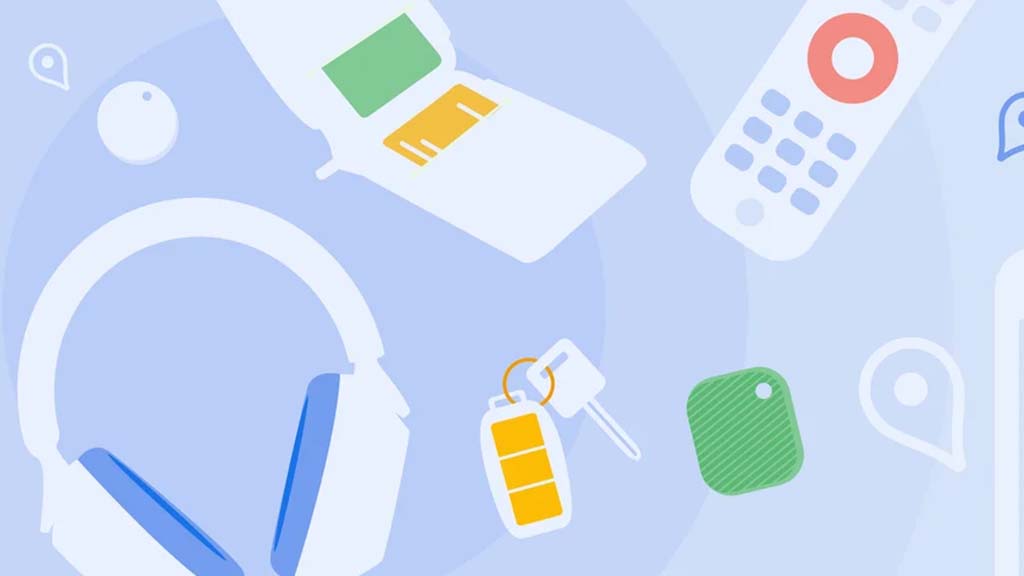
Google is bringing Biometric login support to Android’s Find My Device app. It is a quite useful app that allows you to find your stolen or misplaced Android device. Recently, Google started releasing the Find My Device network with upgraded capabilities.
Google continues to enhance Android and ecosystem services. The recent rollout of offline findings significantly boosted the usability and importance of the Find My Device functionality. Advancements coming to Android would directly benefit Samsung and Galaxy users!
Biometric Login
AndroidAuthority discovered that the Find My Device app seems to be testing a new “Allow Biometric login” option. This feature would allow you to verify your identity through biometric verification. This will significantly ease the accessibility of the app so you can effortlessly locate your devices.
Remote Lock
Apart from this, Google is also working on a new Remote Lock feature for Find My Device. It is expected to make it easier to lock your lost phone, similar to what Samsung offers. However, it will require login credentials of your Google Account and verification code if enabled.
The report mentions that the Remote Lock feature will be rolled out to Android 10+ devices. It might allow you to put a screen lock if it isn’t enabled before losing. Later this year, a major Google Play Services app update will bring it to your device.
Android
Android 15 Beta 2.1 update fixes Private Space issue

Google has released Android 15 Beta 2.1 update for Pixel 6, 6 Pro, 6a, Pixel 7, 7 Pro, 7a, Pixel 8, 8 Pro, 8a, Pixel Tablet, and Pixel Fold. This update primarily addresses an issue with the Private space feature.
Android 15 Beta 2.1 comes with the security patch for May 2024 and can be identified through version AP31.240426.023. It is a minor update with a size of around 11-12MB.
The main fix in this update corrects an issue where initially creating a Private space caused the removal of app icons from the Home screen. With this update, the process of setting up a Private space will no longer affect the Home screen’s organization.
Google has also shared some tips on how to manage the Private space. For instance, if you can’t recall how to access a hidden Private space, simply search for ‘Private Space’ in the search bar.
Moreover, if you forget the unlock method for Private space, it can be deleted from the reset options in the device settings. Apps can also be installed in Private space by long-pressing the app icon and selecting the ‘Install in private’ option.
One UI 7 (Android 15) to boost Galaxy phone battery with 3 extra hours of standby
Stay up-to-date on Samsung Galaxy, One UI & Tech Stuffs by following Sammy Fans on X/Twitter. You can also discover the latest news, polls, reviews, and new features for Samsung & Google Apps, Galaxy Phones, and the One UI/Android operating system.
Do you like this post? Kindly, let us know on X/Twitter: we love hearing your feedback! If you prefer using other social platforms besides X, follow/join us on Google News, Facebook, and Telegram.



